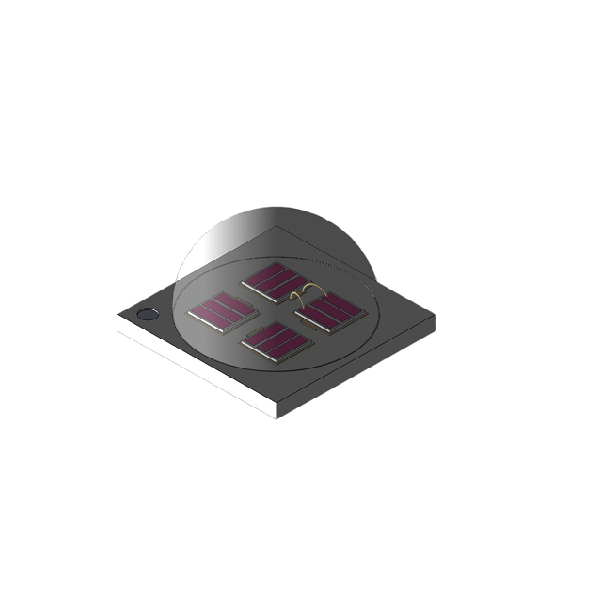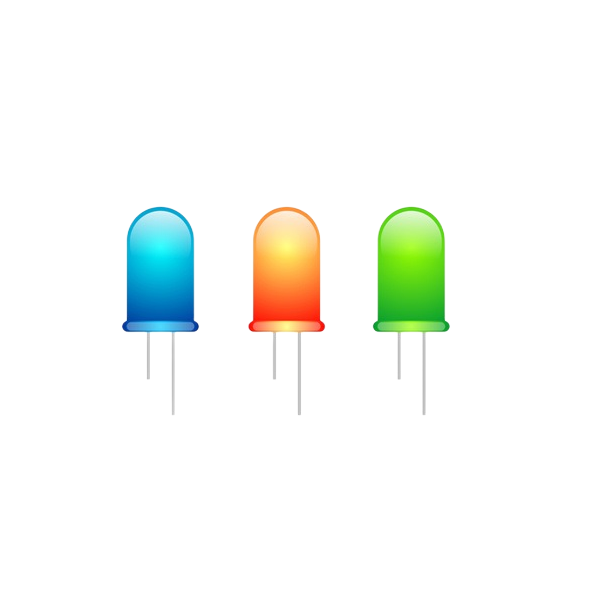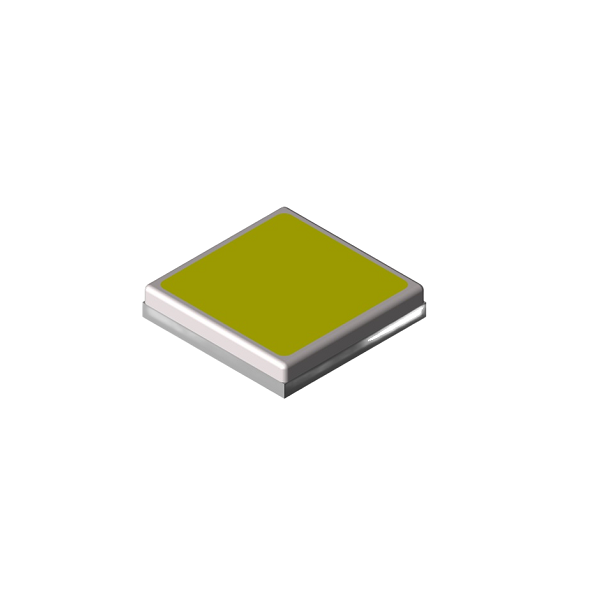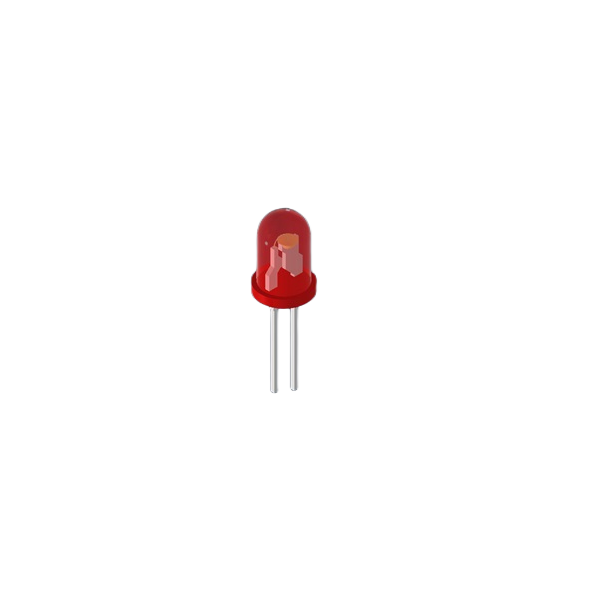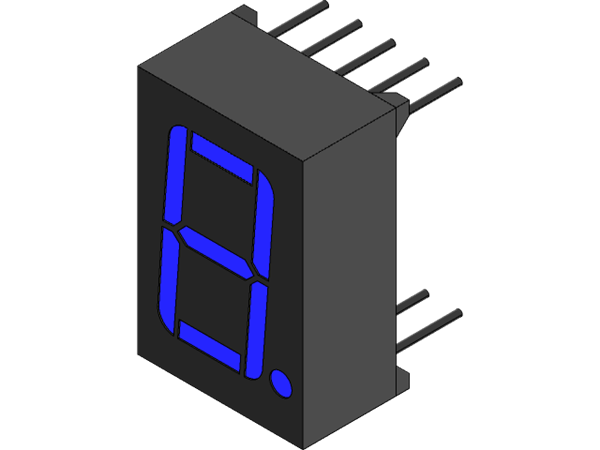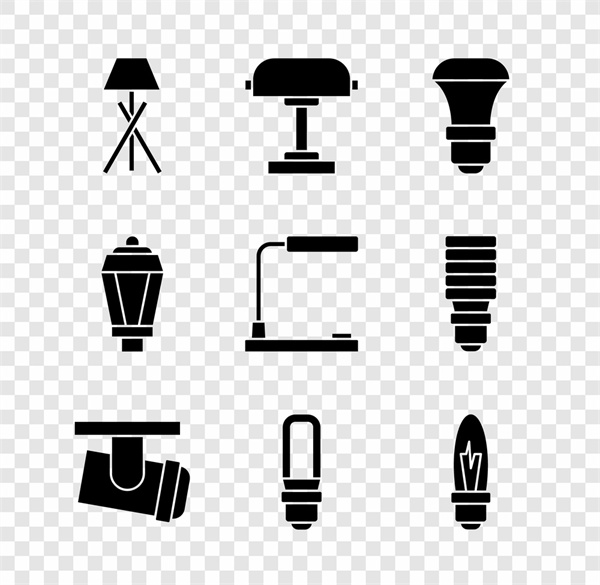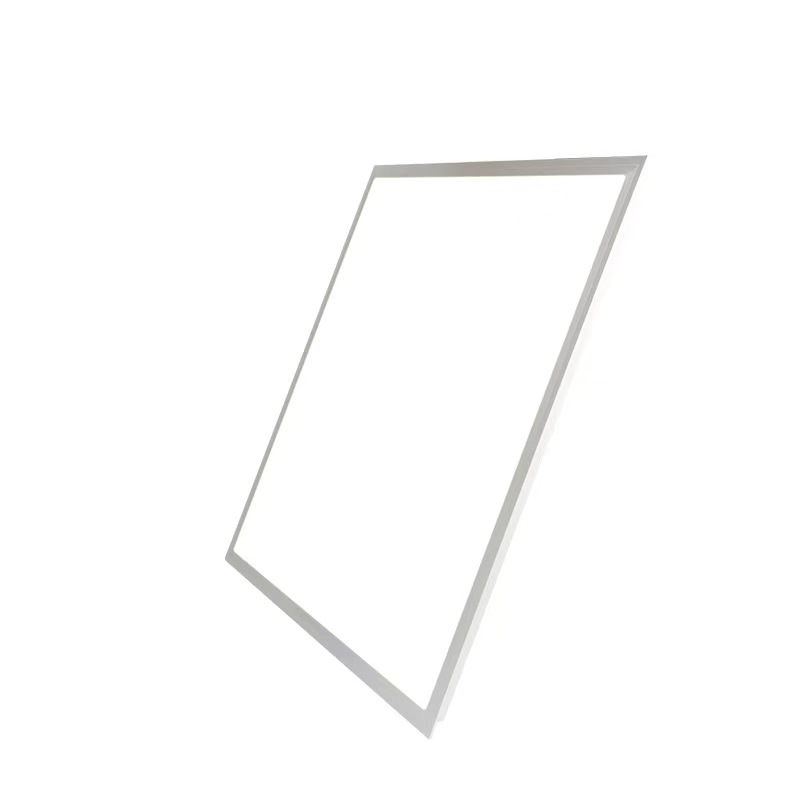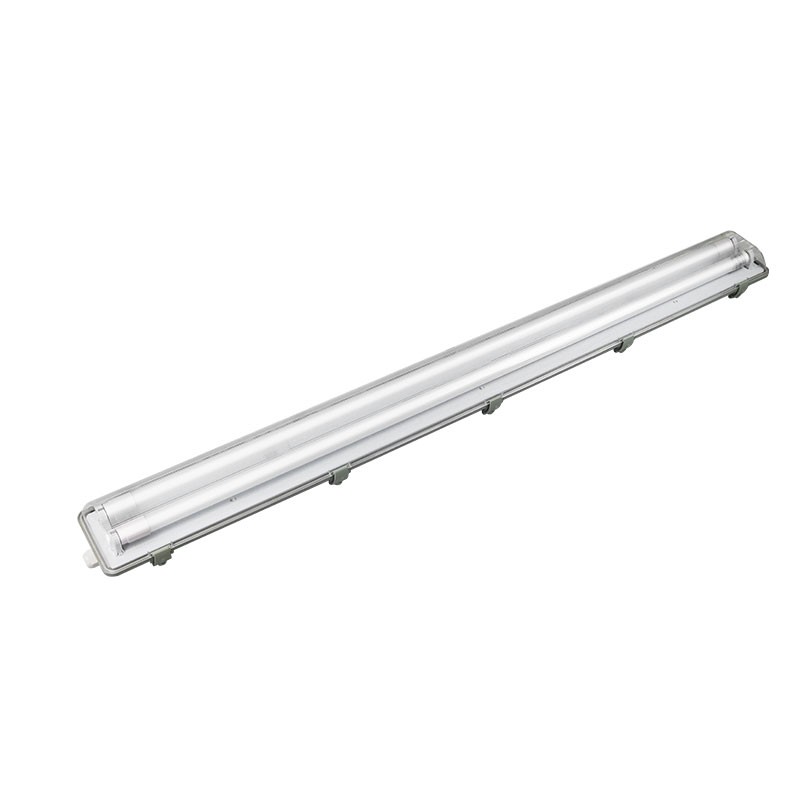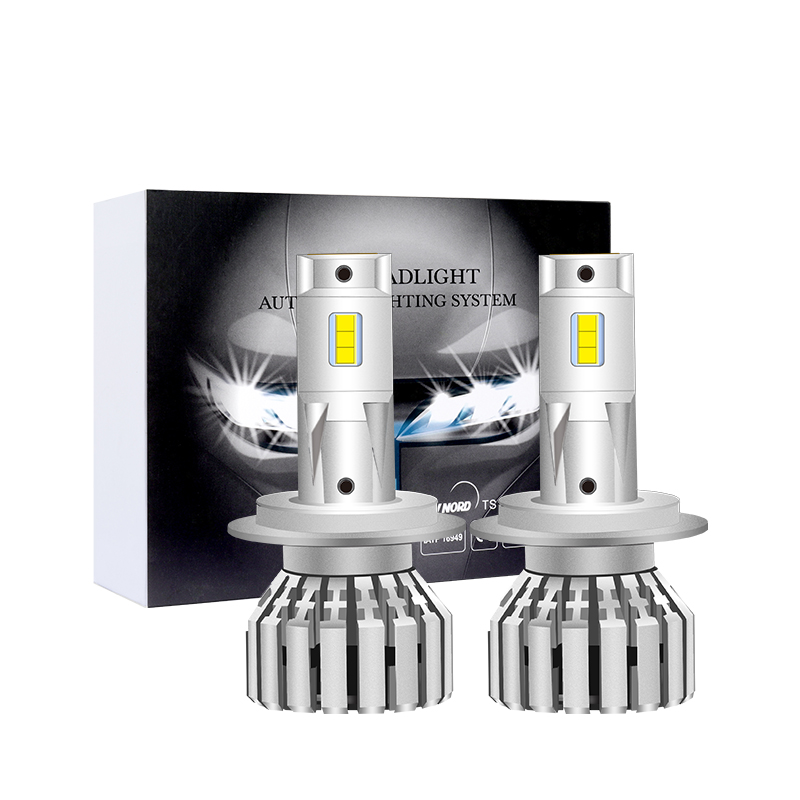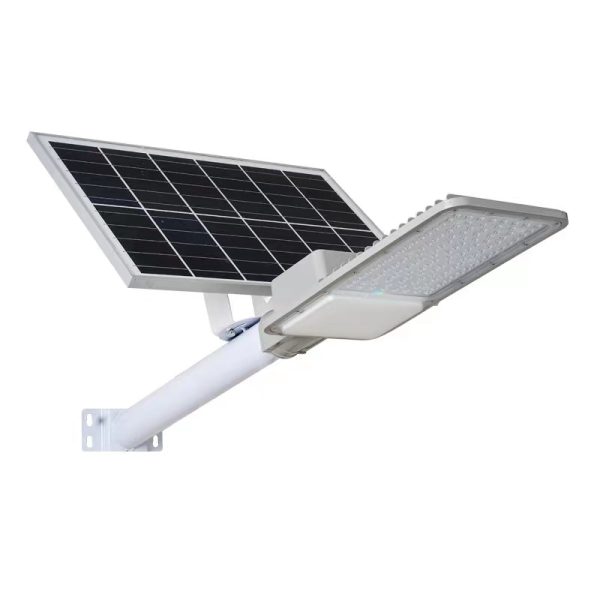application of led
LEDs, or Light Emitting Diodes, have revolutionized the lighting industry with their numerous applications and benefits. In this article, we will explore the various uses and advantages of LEDs.
One of the primary applications of LEDs is general lighting. LEDs are highly energy-efficient, converting a higher percentage of electrical energy into visible light. This not only saves energy but also reduces electricity costs. LEDs are used in various lighting fixtures such as bulbs, downlights, and strip lights, providing bright and efficient lighting for residential, commercial, and industrial spaces.
LEDs also find extensive use in automotive lighting. They are used as headlights, taillights, turn signals, and interior lights in vehicles. LEDs offer better visibility, longer lifespan, and faster response time compared to traditional halogen or incandescent bulbs. They also provide design flexibility, allowing manufacturers to create unique and stylish lighting designs for automobiles.
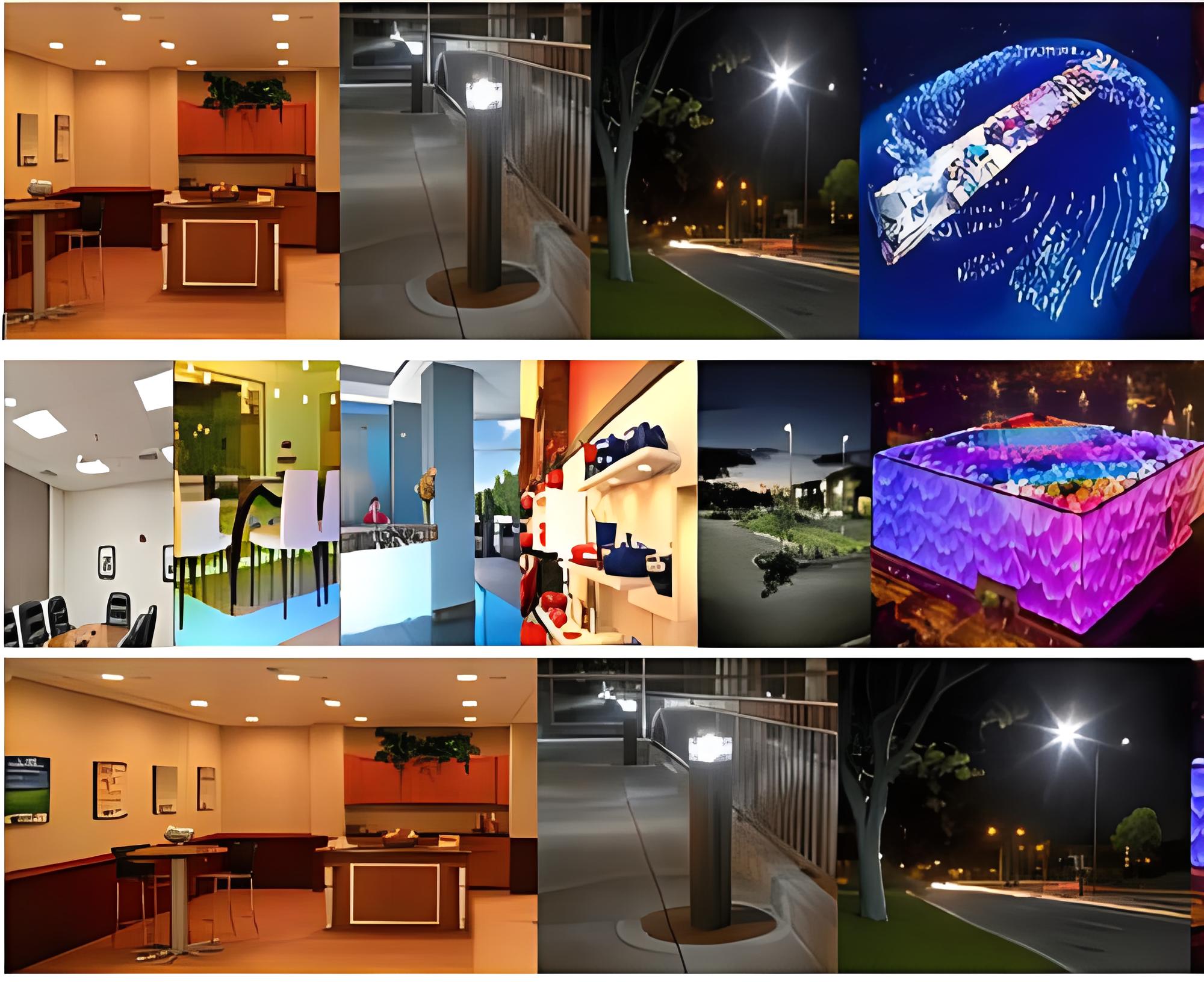
Another application of LEDs is in signage and displays. LEDs are commonly used in outdoor signs, billboards, and electronic displays. They offer high brightness and visibility, making them ideal for advertising and information display purposes. LEDs can also be arranged in clusters to create large video screens or display panels, providing vibrant and dynamic visuals.
LEDs are extensively used in backlighting applications. They are used in televisions, computer monitors, and mobile phone screens to provide uniform and energy-efficient illumination. LED backlighting offers better color reproduction, higher contrast ratio, and longer lifespan compared to traditional CCFL (Cold Cathode Fluorescent Lamp) backlighting.
LEDs also have applications in horticulture and agriculture. They are used as grow lights to provide the necessary light spectrum for the growth and development of plants. LED grow lights can be customized to emit specific wavelengths of light required for different stages of plant growth, resulting in improved crop yield and quality. LED grow lights are energy-efficient and can be used for indoor gardening or in greenhouses.
In addition to these applications, LEDs have found their way into various niche industries and specialized lighting needs. They are used in medical equipment, such as surgical lighting and phototherapy devices. LEDs are also commonly used in stage lighting, architectural lighting, and decorative lighting applications. They can be programmed to create dynamic lighting effects, changing colors and intensities to enhance visual impact.
The advantages of LEDs go beyond their applications. LEDs have a long lifespan, lasting up to 50,000 hours or more, which significantly reduces maintenance and replacement costs. They are durable and robust, resistant to shocks and vibrations, making them suitable for harsh environments. LEDs also have instant on/off switching and can be dimmed or controlled wirelessly, providing endless possibilities for creative lighting designs.
In conclusion, LEDs have a wide range of applications and offer numerous advantages. They are used in general lighting, automotive lighting, signage and displays, backlighting, horticulture, and various specialized industries. LEDs provide energy efficiency, long lifespan, durability, and design flexibility. As technology continues to advance, LEDs are expected to become even more efficient, versatile, and affordable, further expanding their applications in the future.


